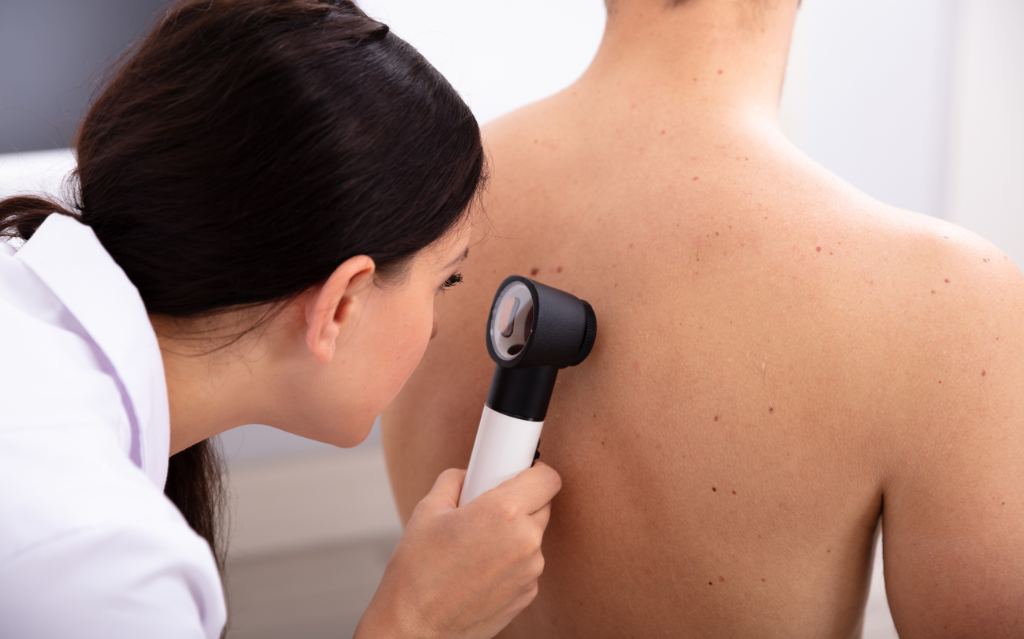
Cutaneous melanoma represents one of the most aggressive forms of skin cancer, characterized by the uncontrolled proliferation of melanocytes, the pigmented cells of the skin. This disease assumes an increasingly important role in medical research, given its steadily increasing incidence and its ability to cause significant morbidity and mortality.
In the face of advances in understanding the molecular mechanisms underlying melanoma pathogenesis, as well as therapeutic innovations, effective control of this malignancy remains a critical challenge for clinicians and scientists. In this article, we will explore the current melanoma landscape, risk factors, available therapies, and how prevention can be worked on.
Risk factors and prevention
A thorough understanding of the risk factors associated with melanoma is essential for its prevention and early detection. While exposure to ultraviolet (UV) radiation remains the main determinant of risk, other factors contribute to its development.
Genetic predisposition plays a significant role, with individuals with a family history of melanoma having a higher risk of developing the disease. Some genetic variants have been associated with an increased risk of melanoma.
Age is another determinant, with a higher incidence observed in older individuals, although melanoma can affect people of all ages. In addition, preexisting medical conditions, such as immunosuppression or the presence of precancerous skin lesions such as dysplastic nevus, may increase the risk of developing melanoma.
As anticipated, exposure to UV radiation is the main risk factor, especially in individuals with fair complexion and blond or red hair, particularly if they have freckles or atypical moles. For this very reason, the main melanoma prevention practices are to mitigate the damage generated by the sun’s rays.
Wearing protective clothing, such as pants and long-sleeved shirts, and using sunscreen with a high protection factor (SPF) are crucial measures to protect the skin from UV damage. It is important to apply sunscreen regularly, especially after swimming or prolonged exposure to the sun, and to avoid direct exposure to sunlight during peak hours, when UV intensity is highest.
In addition, it is critical to avoid the use of tanning beds and limit direct sun exposure, especially for children and adolescents, as early UV exposure increases the risk of developing melanoma in adulthood.
Awareness of the signs and symptoms of melanoma is equally important to promote early diagnosis and timely treatment. Monitoring one’s skin regularly for changes in existing moles or the appearance of suspicious new skin lesions is crucial to detect any early signs of melanoma.
The latest therapies available for melanoma
In recent years, the advancement of oncology research has led to the discovery of new therapies in the treatment of melanoma, significantly improving survival prospects and quality of life for patients.
Surgery is often the first choice of treatment, especially in the early stages of the disease. The main goal is to completely remove the tumor, along with a margin of surrounding tissue to ensure the elimination of all cancer cells.
In recent years, immunotherapy and targeted therapy have revolutionized the treatment of advanced melanoma, reducing the use of chemotherapy. Immune checkpoint inhibitors have been shown to be effective in restoring the immune response against tumor cells, while targeted therapies, such as inhibitors of BRAF, MEK or c-KIT genes, are used based on the specific mutations present in tumor cells.
Radiation therapy is used in specific cases, such as symptomatic bone or brain metastases, supplemented with other treatments or as palliative therapy to relieve symptoms. In addition, loco-regional therapies offer options to deliver highly concentrated drugs to specific areas, such as the limbs, for example by isolated perfusion or electro-chemotherapy.
The choice of treatment depends on the extent of the disease, the need for rapid response, the likelihood of lasting responses, and patient preferences, highlighting the importance of a multidisciplinary and personalized approach to melanoma management.


